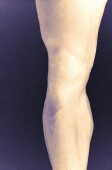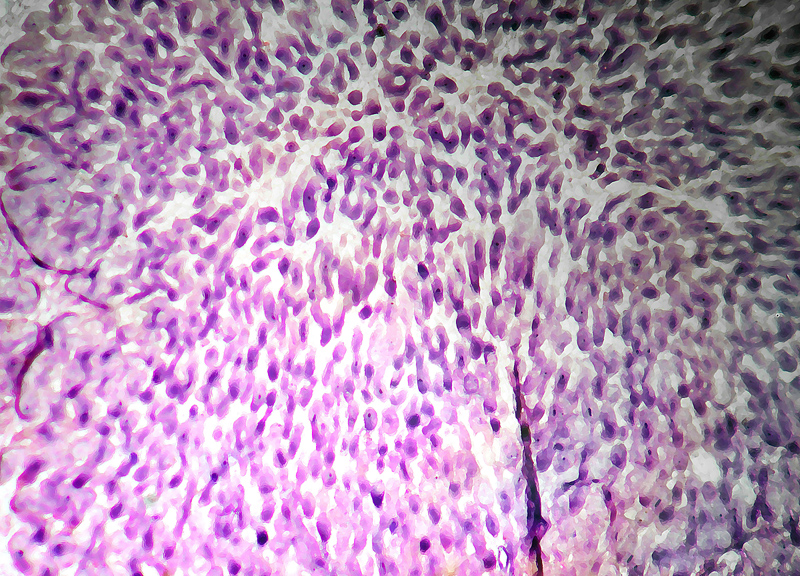
WEDNESDAY, March 26, 2014 (HealthDay News) — CT scans can help detect gout that’s been missed by the current standard testing method, a new study suggests.
Gout is a common and painful form of arthritis caused by a buildup of uric acid in the body. The standard test — called needle aspiration — involves taking fluid or tissue samples from a gout-affected joint and checking them for uric acid crystals.
This test usually detects gout in patients, but not always.
In this study, Mayo Clinic researchers found that dual energy CT scans detected gout in one-third of patients who had negative results on the needle aspiration test. The CT scans were particularly effective in patients who’d had several gout-like episodes but had remained undiagnosed.
After CT scans pinpointed what appeared to be uric acid crystals, ultrasound-guided needle aspiration was used to collect samples from those areas, according to the study published in the journal Annals of the Rheumatic Diseases.
“These were in part patients that had been falsely diagnosed with diseases like rheumatoid arthritis or labeled with a different type of inflammatory arthritis, resulting in a completely different, and often not effective, treatment approach,” study author Dr. Tim Bongartz said in a Mayo news release.
“And there were patients who remained undiagnosed for several years with, for example, unexplained chronic elbow or Achilles tendinitis, where the CT scan then helped us to pick up uric acid deposits,” the rheumatologist added.
These findings don’t suggest that CT scans should be the first test used to diagnose gout, Bongartz said. He noted that needle aspiration is effective in most cases, and that this study found it was superior to CT scans in diagnosing patients with their first gout flare-up.
Early and accurate diagnosis of gout is important because it is treated with medications different from those used with other forms of inflammatory arthritis. Proper drug treatment and changes in eating habits can help prevent more gout attacks and the spread of the disease to other joints.
“What we are learning from the dual-energy CT scans has really changed our perception of where gout can occur and how it can manifest,” Bongartz said. “The ability to visualize those deposits clearly broadens our perspective on gout.”
The study disclosed that the medical technology company Siemens Medical Solutions provided partial salary support for the study’s senior author through an unrestricted research grant through Mayo.
More information
The American College of Rheumatology has more about gout.
Copyright © 2025 HealthDay. All rights reserved.

